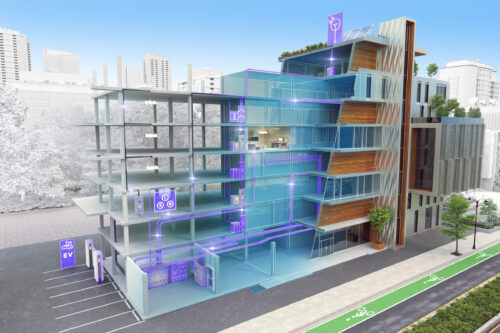Turf Wars Between Design Professionals
As if architects and engineers did not have enough of their own problems in the form of liability suits, competition from contractors and the growth of design/build, the design professionals are now "at war" with other sectors of their own community.A few years ago the battleground involved architects and engineers, and focused on which profession had the legal right to design buildings.
As if architects and engineers did not have enough of their own problems in the form of liability suits, competition from contractors and the growth of design/build, the design professionals are now “at war” with other sectors of their own community.
A few years ago the battleground involved architects and engineers, and focused on which profession had the legal right to design buildings. Architects claimed that only they could serve as lead professionals, even though their contracts called for them to be responsible for structural, mechanical and electrical systems. Engineers insisted that under state licensing laws, engineers could be the prime professional as determined by the owner. That contest raged for a number of years, with inconclusive results.
Today the contestants are architects and interior designers. This dispute has arisen because of the unraveling of a 1989 “peace agreement” under which interior designers agreed not to design building features that involve structural safety concerns. According to the American Institute of Architects, however, that accord was based on the understanding that interior designers could lobby for “title” acts only, and not for “practice” laws.
The critical difference is that under title laws, interior designers would be protected in using the title under state law, but could not take on functions that are traditionally performed by architects. Therein lies the substance of the problem-how to distinguish between “pure” interior design (e.g., involving the specification of finishes, materials and furniture and the allocation of spaces), and services that touch upon handicap accessibility, egress, fire safety and more recent concerns about materials that contain chemicals that may cause health problems (“sick building syndrome”).
Architects maintain that interior-design practice laws could ultimately divide architects’ practice into two parts-the “inside” and “outside” of a building-and might even limit what an architect could do “inside” the building. Interior designers dispute that argument, saying that nothing in their legislative proposals would limit the role of architects in furnishing interior designer services along with the traditional design of overall building functions.
According to Joseph P. Giattina Jr., president of the National Council of Architectural Registration Boards, interior designers are pushing for practice laws as a means of avoiding the rigorous requirements of architectural licensing laws “so they can practice just a little bit of architecture.” It may be reasonably surmised that each side is mainly concerned about the economic fallout. But on the surface, the debate centers on the protection of public health and safety-the rationale for licensing the professions.
Architects argue that if interior designers are successful in enacting practice laws, it will have a profound effect on public safety. And interior designers argue that their standards for licensure are completely up to date with all aspects of interior life-safety issues. This is the same standard that assumes that registered architects possess complete knowledge of the building life-safety issues, they claim.
This turf war is ultimately based on the protection of public health and safety, also served by building codes. Perhaps the resolution is that when a building permit is required, only licensed architects or engineers may perform the service.
Do you have experience and expertise with the topics mentioned in this content? You should consider contributing to our CFE Media editorial team and getting the recognition you and your company deserve. Click here to start this process.





